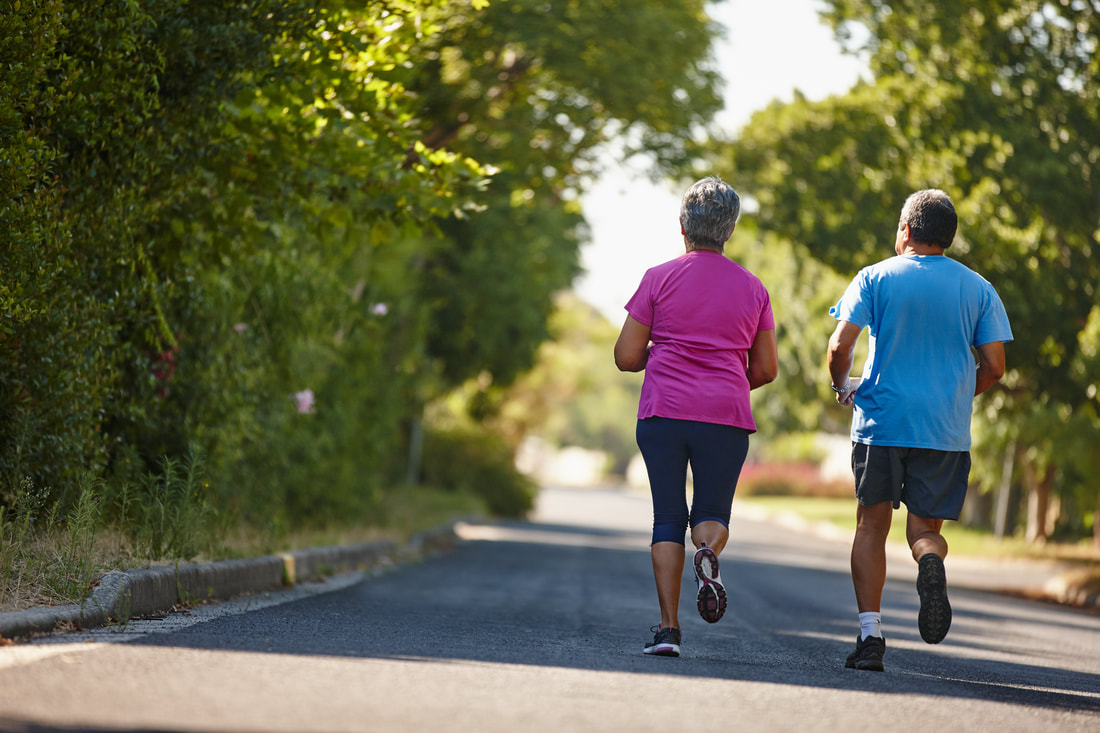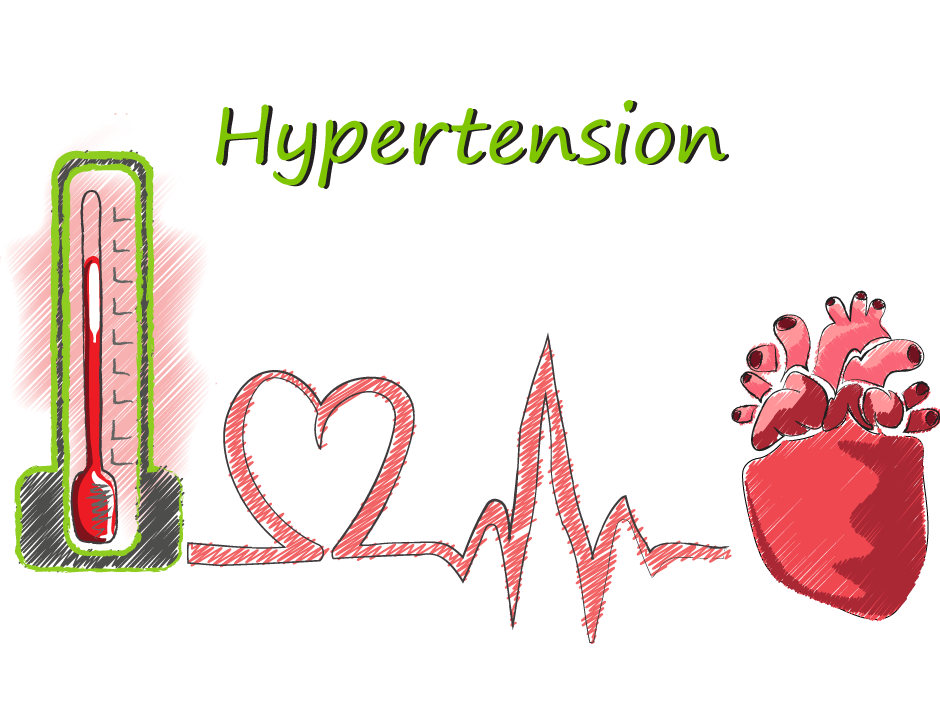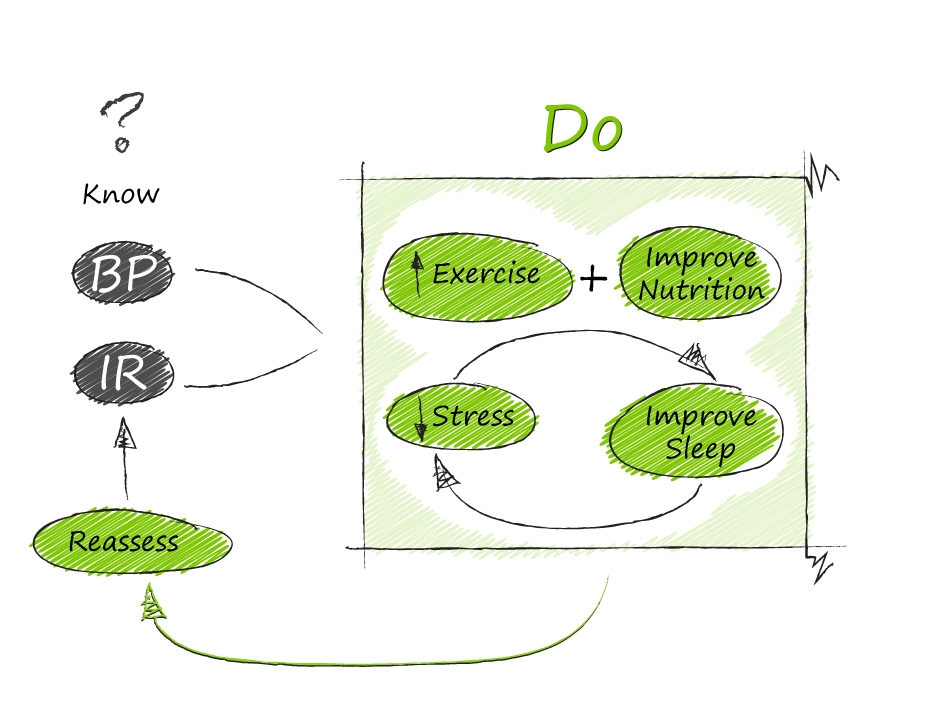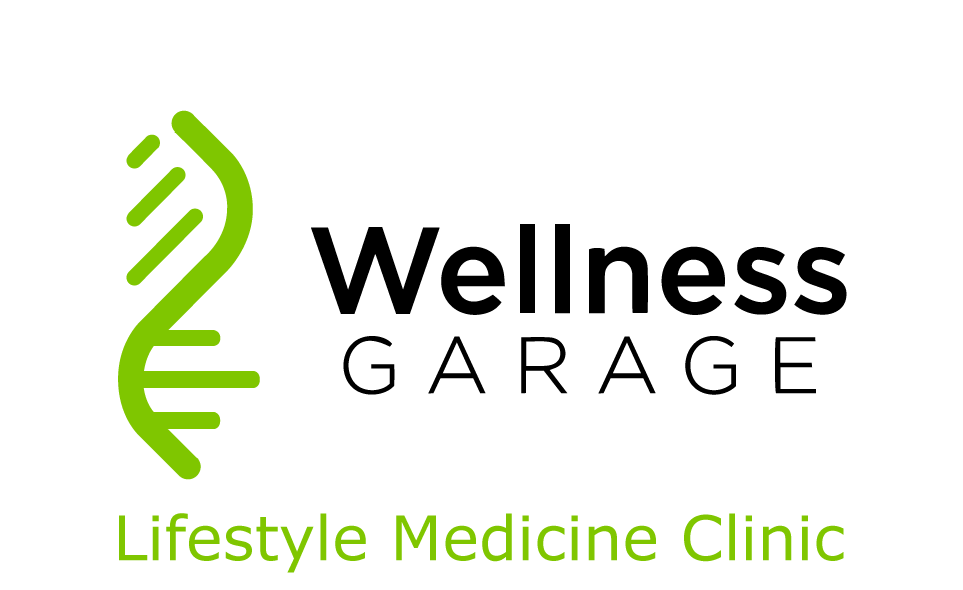|
(Part of our series on S3 Weight Management - Systematic, Stratified and Sustainable) One of the best ways to improve your overall health is to exercise. Yet from a weight loss perspective, exercise on average yields modest results. The explanation for is captured eloquently by the saying “you can’t outrun a poor diet”. Increasing physical activity increases energy expenditure - the challenge is that it increases appetite. If you have not made changes to your nutrition (eating real food, hydrating without calories, going 12 hours without food and increasing your fibre), then by increasing exercise and your appetite, you run the risk of actually gaining weight as you eat more. Where exercise has it main role in weight management - is helping to prevent you from regaining weight. Once you have lost weight, exercise does a great job of maintaining or increasing your metabolic rate. Beyond weight management, exercise has numerous health benefits and lack of physical activity has been identified as the fourth leading risk factor for global mortality and has been estimated as being the principal cause for approximately:
It has been estimated that for every hour you exercise you increase your longevity by 7 hours (up to a total benefit of an additional 3 years) and exercise can reduce premature death from all causes by 16% and from cardiovascular disease by about 25%. Simply put, exercise helps you to avoid premature death and live longer. Exercise also has many benefits for the here and now:
Despite these benefits, only 17% of Canadians meet the current guidelines of 150 minutes of “moderate-to-vigorous physical activity” per week. (2019 Canadian Health Measures Survey) This recommendation supported by the WHO reflects the amount of exercise necessary to get most of these benefits. It can be broken down into as little as 10 minute increments. Moderate intensity physical activities will cause adults to sweat a little and to breathe harder - up to the point that you could still have a conversation. Vigorous intensity activities will cause adults to sweat more and be ‘out of breath’. In our Wellness Garage Principles, we recommend:
Some ideas from Participaction: ;
Pick a time. Pick a place. Make a plan and move more. For other posts in this series:
If you would like to learn more about the S3 program and whether you are eligible please check out our Sustainable Weight Management program page. 50% of Americans have high blood pressure according to the new guidelines from American College of Cardiology and the American Heart Association. Lost in the debate about whether this makes sense to label so many people with a disease was the recognition that normal blood pressure is now defined as 120/80 and the acknowledgement that the risks from blood pressure increase progressively, and linearly from levels as low as 115/75 in people from 40 to 89 years of age. For every increase of 20 mmHg systolic and 10 mmHg diastolic there is a doubling of mortality from both heart disease and stroke. Here is the Wellness Garage strategy for high blood pressure: 1. Know your blood pressure:
2. Know whether you have insulin resistance:
3. Get moving - exercise is key
4. Eat better - lose weight
5. Salt - stop eating packaged food and decrease how much you eat out - see #3
7. Sleep - develop a great sleep routine
This 7 step strategy will allow you to take control of your blood pressure and do everything you can to either avoid medication or take as little as possible. Backgrounder on Hypertension:
What is it?
How is it defined?
Why is it important?
What causes it?
|
AuthorDr. Brendan Byrne Categories
All
|



 RSS Feed
RSS Feed
